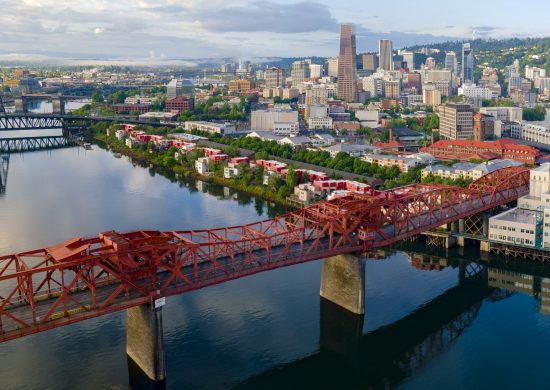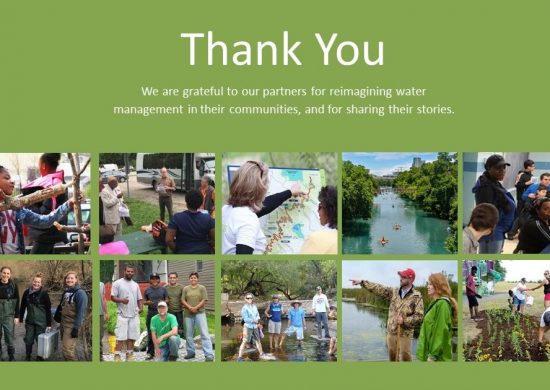Safe, sufficient, secure water resources are essential to life on Earth as well as to almost every aspect of a vibrant, healthy society. Our water infrastructure is designed to deliver safe tap water and sanitation to homes and businesses and to maintain health water supplies both above and underground. Unfortunately, most of the infrastructure in place today was designed and constructed 50 to 100 years ago and is no longer adequate to meet the challenges of today, including population growth, urbanization, uncontrolled pollution sources, over-consumption of surface and groundwater, and, of course, climate impacts to water resources. News reports of water-related catastrophes are pretty much constantly in the news, including contaminated drinking water in Flint and many other cities across the U.S., flooding in Louisiana and Texas, thick toxic algal blooms in Florida coastal waters, and continuing drought and wildfires in the West. And that was just in the first 9 months of 2016.
The outmoded and decaying infrastructure currently in place thorough the United States needs to be revitalized. With more than 155,000 public water systems and 16,000 wastewater systems serving the public, this will be a major task. While U.S. EPA estimates that it will take nearly $384.2 billion to restore and upgrade the existing water infrastructure over the next 20 years, infrastructure investment is a bargain as compared with the public health, environmental, and social costs of failure to do so.
A solution for these issues requires us to move past 20th century solutions, and use holistic, integrated water management solutions that produce more benefits for people and nature. Smart water infrastructure investments can create jobs, spur private investment, enhance water security, reduce climate impacts, enhance climate resiliency, and, of course, also protect public health and the environment. I just participated in an event sponsored by the Center for American Progress and NextGen Climate America on the topics of “Upgrading American Infrastructure: Smart Investments for Our Economy, Health and Climate.” Speakers focused on many forms of infrastructure, including energy, water and transportation, but the consensus is that water needs to be a major focus on infrastructure investment and that new technologies, new financing tools, and new approaches to community engagement can make it an even better investment for the future than ever before.



